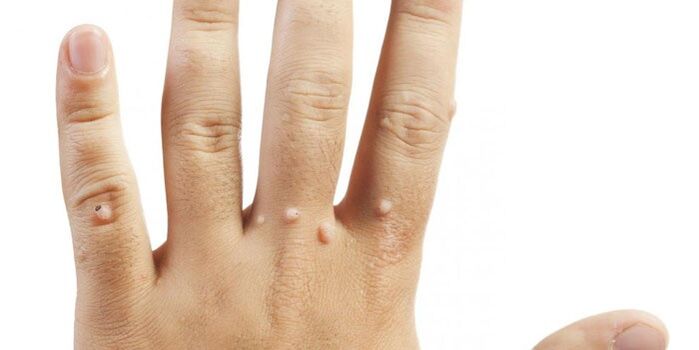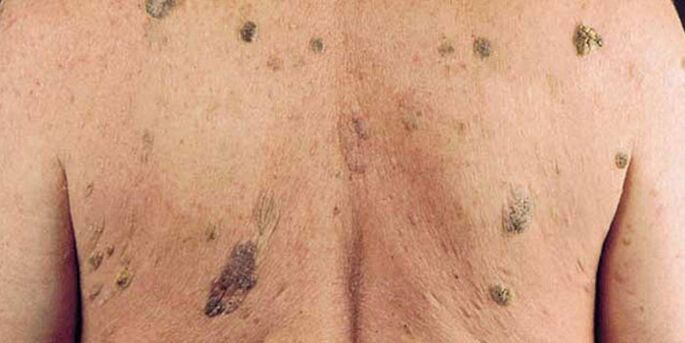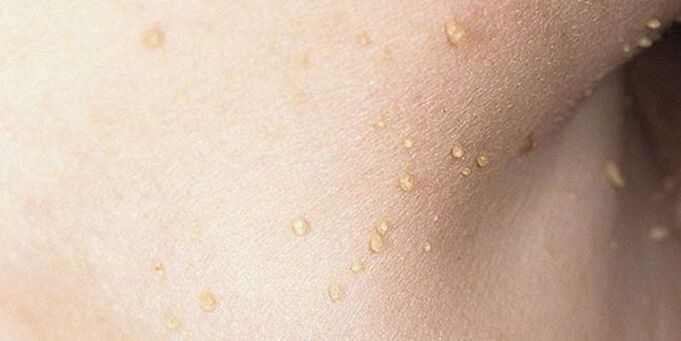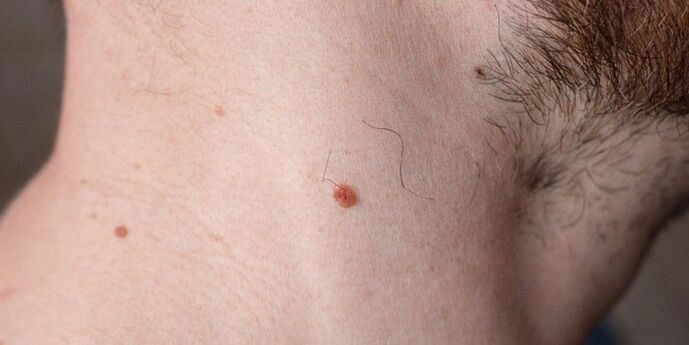If such growth occurs on a person's skin, it raises the question of what changes have taken place in the body and whether they are dangerous. Read on for more useful information on the different characteristics of papillomas. This information will help to recognize the presence of such devices for their timely treatment, if necessary.
Types of papillomas
Why do these processes often occur on the skin with age? These skin changes are caused by human papillomavirus, or HPV for short. After infection with this pathogen, the patient develops papillomatosis, during which warts of various shapes appear on the skin or mucous membranes. This growth is not good, but some papillomas have a higher risk of recurrence as a malignant tumor. For this reason, if you notice such changes in your skin, be sure to see a doctor!
Medicine knows more than 40 types of human papillomavirus, which cause a variety of human diseases. The type of virus that enters the body depends on the appearance of the papilloma, because the infection occurs in different parts of the body. According to the general classification, the following types of growth are distinguished.
- Black keratin plants are also called simple.
- Plantar - affects the soles of the feet.
- Acrochords are thread-like structures, the body of which rests on the foot.
- Flat warts, or warts, are more common on the hands, fingers, and face of adolescents.
- Indicated - localized in the mucous membrane of the oral cavity, genitals or anus.
- Squamous cells are made up of the epithelium and stroma (the basis of connective tissue and blood vessels) that have grown under the influence of the virus.
- Basal cell - grows from cells of the basal layer of the epidermis or hair follicles.
- Internal - they occur not in the area of the visible parts of the body, but in places that are difficult to observe, such as the larynx or bladder.

Shown
Such growths are often called warts. Their characteristic features are small size and special shape: wide base and pointed tip. These warts are flesh colored or slightly pink and appear individually or in groups. They are characterized by rapid growth: within a few days of a single growth, a whole group of them appears. In shape, this family resembles a flowering cauliflower. Genital warts are usually located on the mucous membranes: in the mouth, on the tongue, as well as in the genital area or near the anus.
Squamous
This type of skin growth caused by the HPV virus is one of the most common because it has a very wide localization throughout the body. What does this type of papilloma look like? These round shapes are slightly protruding above the skin - less than 1 mm, can be soft or with signs of keratinization. They usually appear in clusters, and in color they are almost indistinguishable from the surrounding cap.
These growths occur mainly in the upper part of the body: on the face (such as the nose or lips) and in the neck. They usually appear on the mucous membranes: inside the mouth, cheeks or tongue. Squamous cell carcinoma can be diagnosed in the esophagus, larynx, genitourinary system, and even the rectum. People with such devices are advised to remove them, as there is a high risk of them becoming harmful.
Basal cell
These plants are often called basaliomas or aging warts because they affect the skin of the elderly. These formations grow slowly from the basal layer of the epidermis (hence the name) or hair follicles, appearing on the skin in the form of papillae from pink to dark brown. The most common areas of primary cell carcinoma are the armpits, waist, lips, and nose. Their distinguishing feature is that they never turn into cancers, so they are considered safe.

What papillomas look like in intimate areas
When it comes to structures in the genital area, it means pointed structures. These types of papillomas are overgrown cells in the top layer of the epithelium that resemble small groups of papillae. Such growths can have the same effect on same-sex relationships. They are located in the groin and on the surface of the penis: in men - at the head of the penis or in the lumen of the urethra, in women - in the vaginal mucosa, above the cervix and in the uterus itself.
Changes in the integrity of the genitals as a result of human infection with the HPV virus require special attention from the patient. She needs to see a doctor to stop the growth in her genitals, as the risk of infertility and cancer increases dramatically as the disease progresses to a chronic form.
Photo: What papillomas look like on the body
In order to get a clear idea of what these structures are, it is useful to look at the images of such plants. Take a look at these pictures that show examples of different types of papillomas. Check the growth of yourself or your loved ones with these photos, and determine in advance that these warts will be removed, which will prevent serious risks to your health.
















































































